The Nub Tub gets a flash new glass-encrusted Thermo-Lite floor.
The Captain has a declaration to make to all future Whitepointer owners. The 445F project boat known as Nub Tub , sitting in the Whitepointer factory in Cann River among the eucalypts is not the reason your boat hasn’t been finished yet. Granted, our little rig has been there for 12 months, but Erick hasn’t been slaving on it for the past year at the expense of your dream rig. Nope, Erick only works on it while we’re there, which isn’t that often.
The real reason your grand 263 isn’t finished yet, is because of the Wild Rye Bakery around the corner on the Princes Highway. You’ll often find Erick and Wally there, enjoying a crispy pie or juicy sausage roll, washed down with a cappuccino and long black, then topped off with a wedge of moist carrot cake grouted with thick cream cheese. You can’t blame them, really. In fact, we often head down that way with big intentions of finishing the Nub Tub , but end up in a pastry-induced coma as well.
DON’T LET YOUR ARSE FALL OUT
In between munching crispy delights, there has been some progress to the 445F. In fact, the Kane McQuarrie-built 117L fuel tank has been foamed neatly between the solid-glass C-section stringers, with bulkheads fitted at each end. A 13mm Thermo-Lite floor was glassed topside and bottom before being fitted. This creates a foam sandwich that Erick reckons makes it 50 times stronger. As he says, “a lot of glass manufactures don’t fully seal their boards — and that’s why the arse falls out of their boats.” Fair comment.
A solid casting platform and storage compartment now sits up front, built from 19mm Thermo-Lite — again glassed top and bottom before fitting. Solid fibreglass side pockets have been fitted and are strong enough to stand on. They’re based on the big side pockets from the Whitepointer 263, cut down and nicely shaped to fit.
The floor is bogged down to the stringers with industrial talc and resin, then screwed down with 316 stainless screws, the countersunk screw heads are then bogged over themselves. The fine edge gap on the floor is faired in with bog, then hand-glassed with a layer of 600-chop strand, 800 woven roving and another layer of 600-chop strand. It’s then generously overlapped — a bit like a stacked waffle from the Wild Rye Bakery. Mmmmm, stacked waffles.
It may sound like a lot of material and weight, but keep in mind Thermo-Lite is half the weight of equivalent-sized ply. Erick reckons it’ll be the same overall hull weight as an original, only 1000 times stronger.
FITTING THE CONSOLE
Finally, the console is strategically placed toward the rear/aft. We reckon it’s the best spot to steer from, but it means we did away with the helm seat. The console is glassed from the inside lip. It’s much neater than glassing on the outside lip and Erick assures us it’ll be unbreakable. We hope he’s right because we’ve broken every console we’ve ever owned (including a new model from a builder of note who shall remain nameless). The trick to a neat finish on the outside is getting the bottom surface of the console dead-flat so that it fits flush to the floor, then flow coating neatly up to it.
Erick shared a few more of his wise old boatbuilder tricks. The fuel fillers aren’t glassed around the floor cavity. If they are, the steel welds are prone to cracking when the boat moves. Instead, a large opening is cut in the floor and the space (between the fuel lines and floor section) is filled with closed-cell expanding foam. Erick’s other tip is to ensure every drop of water that gets in, or under the floor, can travel down to the bilge section. As a result, the fuel tank sits on its own flat floor between the forward bulkhead and rear-floor bulkhead allowing the water that should sneak in to pass underneath. Each bulkhead is bunged. The closed stringer section (either side of the tank) is also fitted with a bung that drains to the well.
The key to making this system work properly is opening all the bungs at the end of the day to allow for draining and drying; and then doing them back up before heading to sea. Despite what builders say about “fully sealed underfloor sections”, we reckon water will find its way in. Erick would know too, and The Captain has certainly seen it first-hand on more than one occasion. Bung on, er, up, we reckon…
THERMO-WHO?
Trees everywhere are rejoicing now that timber-free boats are all the rage. Aussies are a bit slow to catch on, but the Yanks have been doing it for yonks. Thermo-Lite has been leading the local charge. We gave Mitch Russell from Thermo-Lite a call to answer some key questions.
The Captain: Mitch, will fitting the project boat with Thermo-Lite floors improve our fishing results? Will Jack have more sex appeal with the ladies?
Mitch: Now it’s fitted with Thermo-Lite Board (TLB), you’ll have plenty of time on the water and won’t be replacing it again. That should give you plenty of time to catch more fish — and pick up chicks!
Seriously though, how do they make the stuff and why do you reckon it’s so damn good?
TLB is made through RIM (reaction injection moulding). The foam reacts and fills a mould to a predetermined density/thickness and comes out as a sheet, while being lighter, tougher and rot-free. It’s a perfect plywood replacement product that will never need to be replaced.
RIM injection, eh? Sounds like fun. What marine applications does it have other than floors and transoms?
Thermo-Lite can be used in stringers, bulkheads, wave-breakers — anywhere that timber is used.
What other industries is Thermo-Lite used in? Can I use any excess for my dog kennel?
Don’t laugh, we’ve seen a few TLB kennels — and fish ponds! It’s also used in many other industries that use timber: bus floors, ambulances, horse floats and camper trailers. The applications are endless.
Some boat manufacturers say composite materials don’t have the compaction or binding strength of timber. True? Or do they have shares in logging companies?
Composites can be tailored to the specific strengths, and surface finishes based on boatbuilder requirements. They also have a consistent finish. So essentially, yes, TLB can match any timber. It also has the upside of sustainability, so future supply is guaranteed.
Howmuchizzit?
When you consider it’s a lifetime product, its actually very competitive.
Mmmm, you make it sound expensive, Mitch. (The Captain’s research shows it’s three to four times more expensive than marine ply.) Why has it taken so long for Aussies to adopt full composite construction?
Timber has been used forever in boating. It takes time to gain trust and to educate the market on the advantages of composites. But it’s great to see builders adapting.
Which Aussie and Kiwi manufacturers are now using Thermo-Lite?
There are now more than 30 OEMs (Captain’s note: that’s original equipment manufacturers) on board, including CruiseCraft, Edencraft, Cootacraft, Baysport and Haines Signature, to name a few.
If I’m a weekend warrior with a jigsaw and chisel, with an old Haines V17 in the yard, what advice do you have for working Thermo-Lite material into the build?
The DIY segment is a big part of our market because TLB is very easy to work with. It’s more forgiving than timber with a lot of advantages. Just have a go. If you can saw a piece of wood, then you can work with Thermo-Lite.
OK, how do I get some for my next project boat?
Give us a call on 0401 906 838 or send an e-mail to info@thermo-lite.com.au and let us know what (and where) your project is. We’ve got plenty of fully stocked retailers around Australia.
Cheers, Mitch.

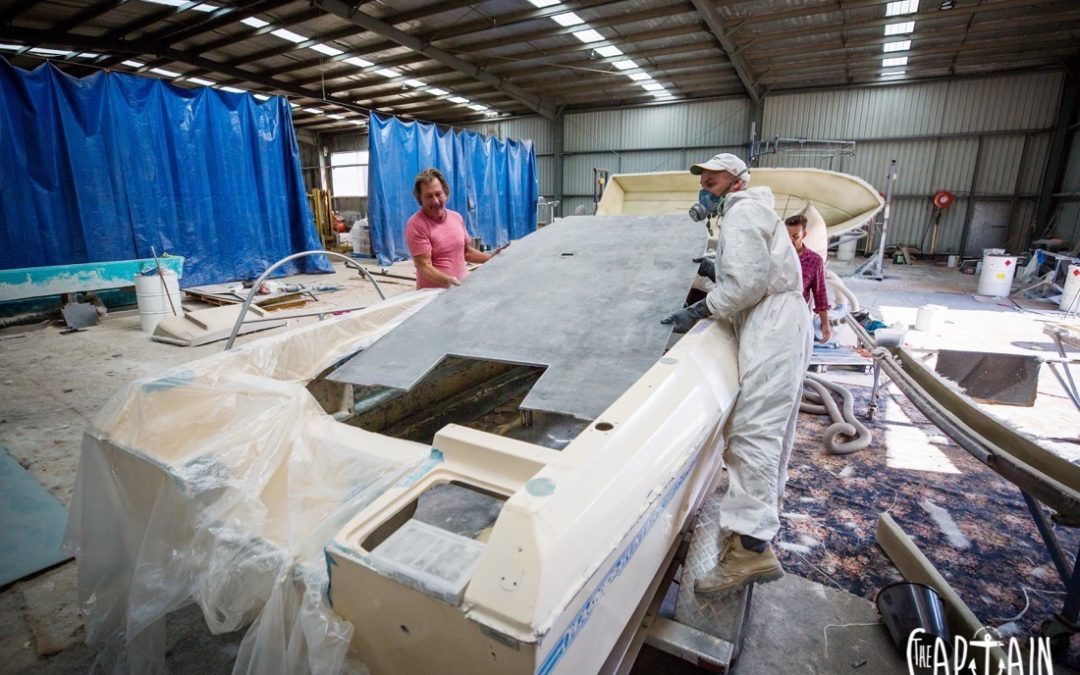






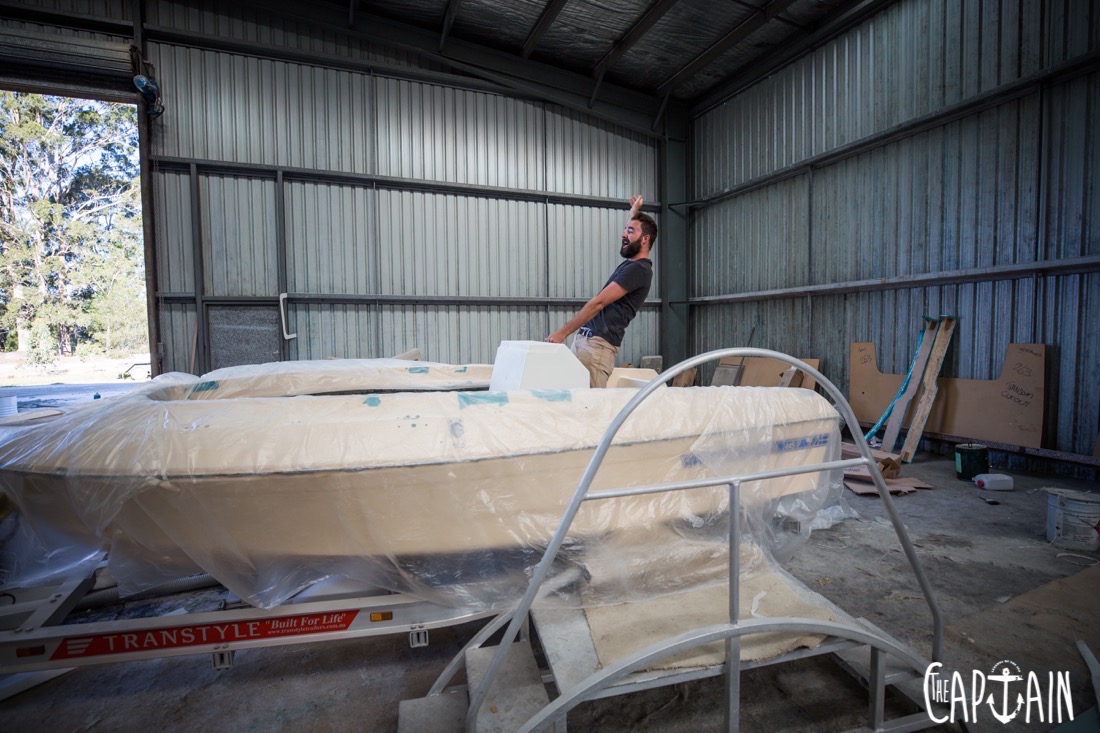



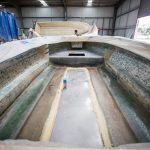
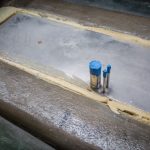
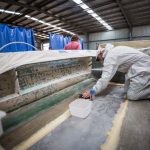
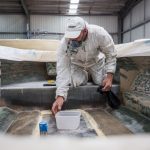
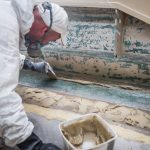
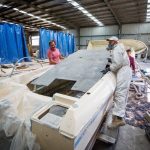
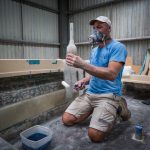
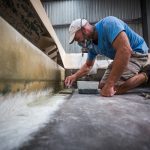
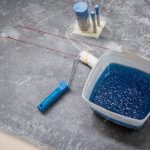
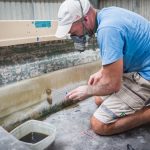
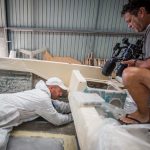
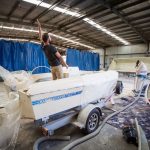
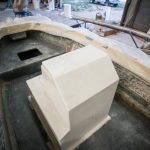
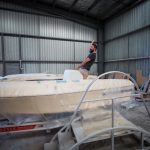
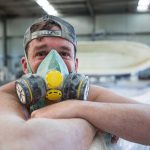
Recent Comments